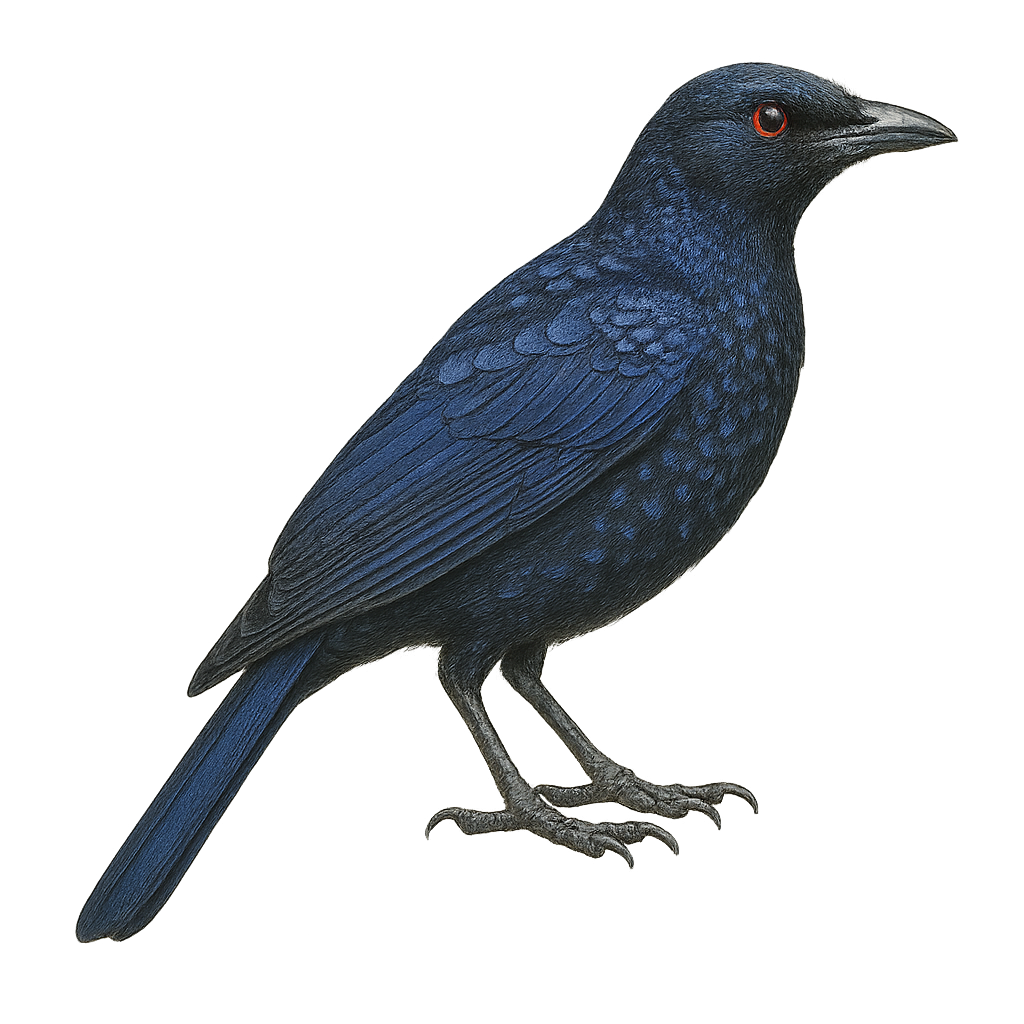Your wildlife photography guide.
Explore the crinkle-collared manucode in detail, study its behavior, prepare your shots.
Where to observe and photograph the crinkle-collared manucode in the wild
Learn where and when to spot the crinkle-collared manucode in the wild, how to identify the species based on distinctive features, and what natural environments it inhabits. The WildlifePhotographer app offers tailored photography tips that reflect the crinkle-collared manucode’s behavior, helping you capture better wildlife images. Explore the full species profile for key information including description, habitat, active periods, and approach techniques.
Crinkle-collared Manucode
Scientific name: Manucodia comrii

IUCN Status: Least Concern
Family: PARADISAEIDAE
Group: Birds
Sensitivity to human approach: Suspicious
Minimum approach distance: 10 m
Courtship display: June to August
Incubation: 17-19 jours
Hatchings: June to September
Habitat:
Tropical forests, canopy, wetlands
Activity period :
Primarily active during the day, with peak activity in the morning and late afternoon.
Identification and description:
The Crinkle-collared Manucode is a fascinating bird endemic to the tropical forests of New Guinea. It is distinguished by its iridescent black plumage with metallic sheen and a frizzled feather collar around its neck. This medium-sized bird, measuring about 42 cm, is known for its complex and melodious vocalizations. It primarily inhabits the dense forest canopy, feeding on fruits and insects. The Crinkle-collared Manucode is monogamous and forms stable pairs. Its breeding period is not well documented, but it is known to build a cup-shaped nest in trees. Although its habitat is threatened by deforestation, it is currently classified as Least Concern by the IUCN.
Recommended lens:
400 mm – adjust based on distance, desired framing (portrait or habitat), and approach conditions.
Photography tips:
To photograph the Crinkle-collared Manucode, focus on the tropical forests of New Guinea. Use a telephoto lens of at least 400 mm to capture precise details of its iridescent plumage. Be patient and discreet, as this bird is suspicious. Prefer early morning hours to benefit from soft, natural light. A tripod can be useful to stabilize your camera, especially in the shaded areas of the canopy. Keep a distance of at least 10 m to avoid disturbing the bird.
The WildlifePhotographer App is coming soon!
Be the first to explore the best nature spots, track rutting seasons, log your observations, and observe more wildlife.
Already 1 439 wildlife lovers subscribed worldwide

